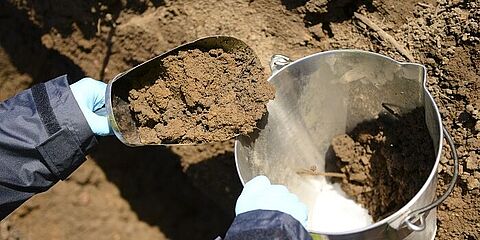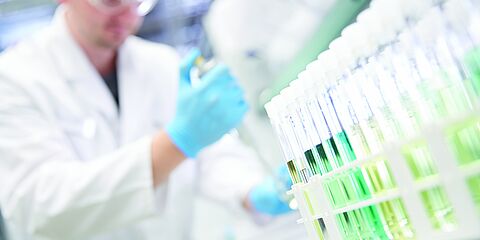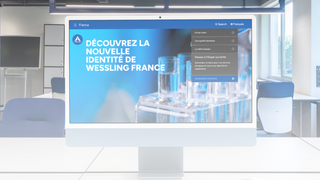Innovative partnership: WESSLING France and Junia develop ISO standard for analysis of polluted sites and soils
As part of the Bioac'ERS project, WESSLING France and the "École d'Ingénieurs de Junia" in Lille are joining forces. The main aim of this collaboration is to promote the use of bioaccessibility through international interlaboratory tests. The ambition is to standardize and bring up to ISO standard a more accessible, rapid and economical analytical method for assessing metals commonly present on polluted sites and soils. In addition to contributing to the rehabilitation of historically contaminated sites, this standardization opens up new prospects for economic development, while ensuring public health safety.
Bioaccessibility at the heart of the partnership
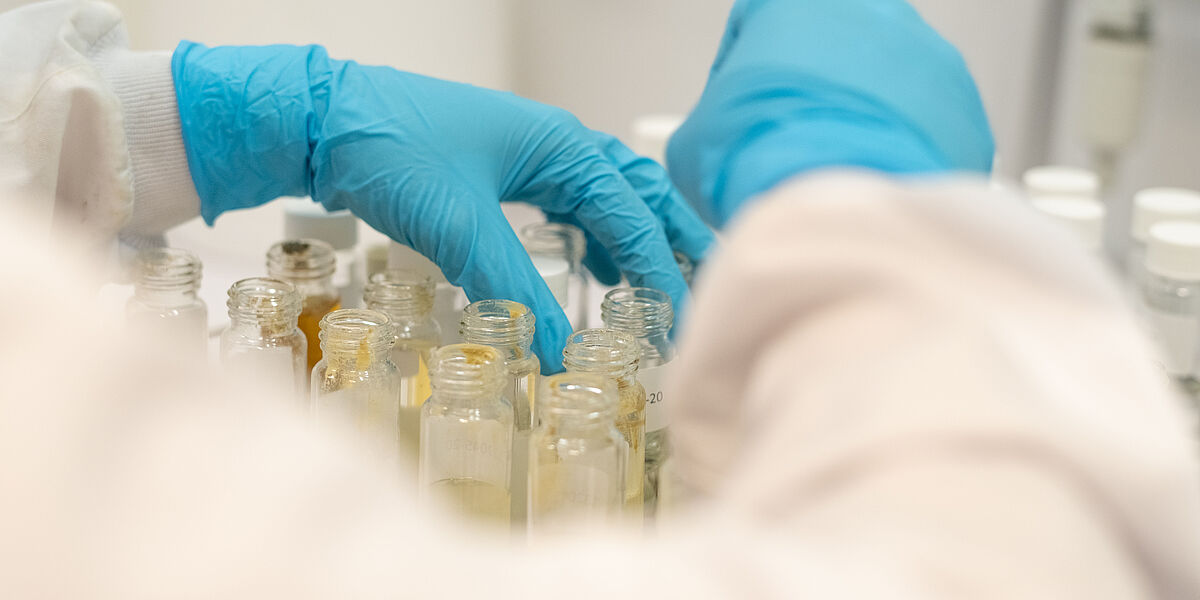
This project, initiated in 2021 and supported by the French Agency for Ecological Transition (ADEME), aims to improve the assessment of population exposure and, ultimately, of the health risk associated with metal pollutants present in soils, by taking into account their bioavailability through the measurement of bioaccessibility. This approach is aimed at rehabilitating sites that are currently unusable due to metal concentrations exceeding safety standards.
As part of the Bioac'ERS project, Junia and WESSLING France are collaborating with nine international laboratories to standardize a simplified method for analyzing the bioaccessibility of metals frequently present in polluted sites, such as arsenic, lead and cadmium. This method, named HCl (hydrochloric acid), offers a simpler, faster and more cost-effective approach than the in vitro UBM (Unified Bioaccessibility Method; ISO 17924) test already in use.
Aurélie Pelfrêne, a teacher-researcher at Junia and leader of the Bioac'ERS project, points out: "By standardizing the HCl test according to the ISO standard, we aim to provide users of bioaccessibility with an operational guide to facilitate its integration into health risk assessment. The aim is not to replace the UBM test, but to provide an initial prediction for recommending or not recommending the UBM test at a later date on a smaller number of samples."
What is an HCl test?
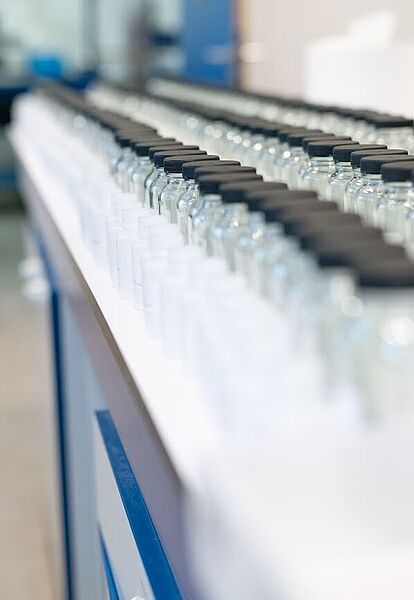
The HCl test is based on a simplified simulation of human stomach behavior. Samples, taken from polluted soils in Europe, are exposed to a 0.65% dilute hydrochloric acid solution and maintained at 37 degrees for one hour. In comparison, the UBM test enables a series of 10 samples to be taken in three days, from preparation of the digestive solutions to analysis. In contrast, the HCl test offers the capacity to run up to 7 runs of 7 samples per day in the laboratory at Saint-Quentin-Fallavier, Isère. To standardize the HCl test, over 500 extracts were analyzed, from shipments from 10 international laboratories participating in this initiative. Stéphane Fievet, R&D Manager at WESSLING France, points out that of the 11 laboratories involved in the validation of the HCl method, 8 also carried out the UBM test for in-depth comparison of results.
Stay tuned...
Most of the analyses carried out by WESSLING France were completed in December, and their finalization is scheduled for January, with the aim of validating the HCl method through these inter-laboratory tests. "We are now due to submit a draft version of the standard to the International Organization for Standardization in May, including the test results. In the future, depending on the results of the Bioac'ERS project, our ambition is to revise the HCl test and this standard to include other metals such as chromium, nickel and antimony", concludes Aurélie Pelfrêne.
